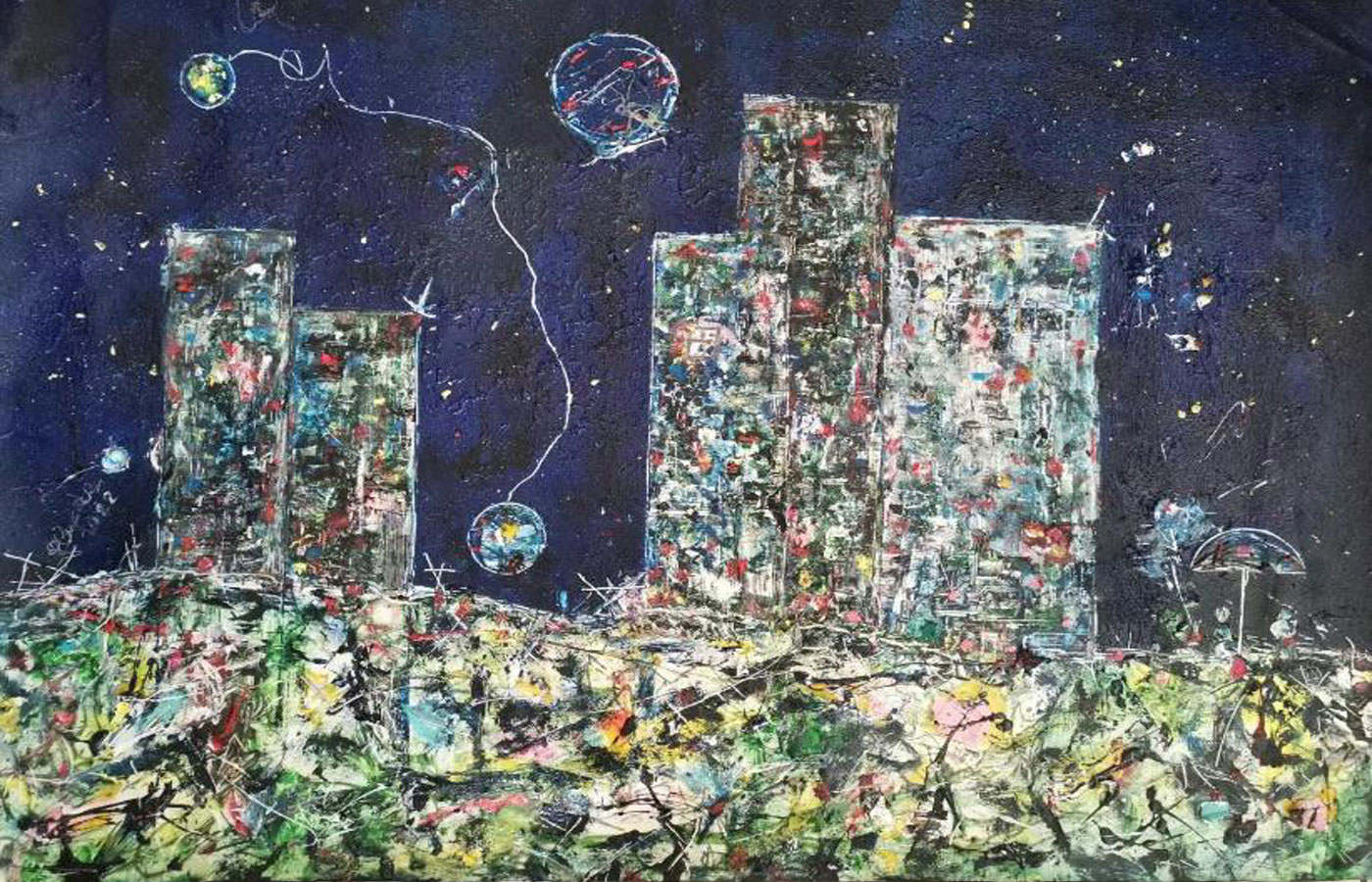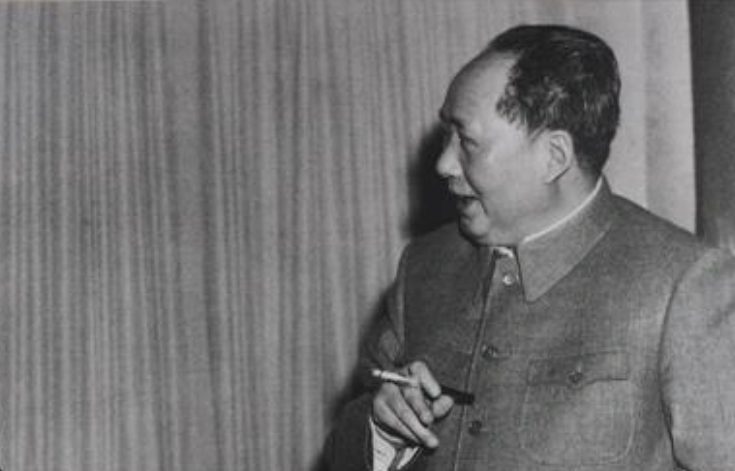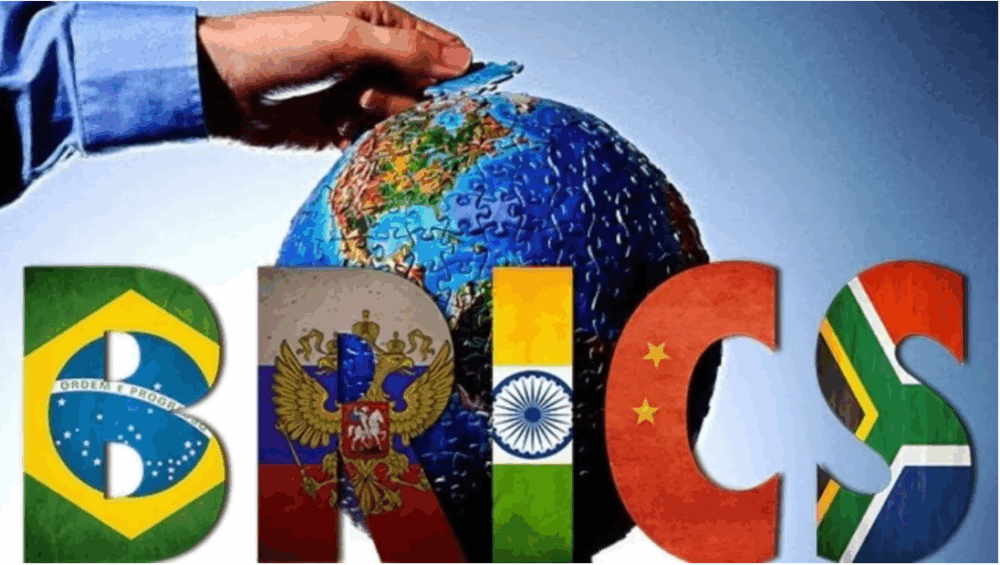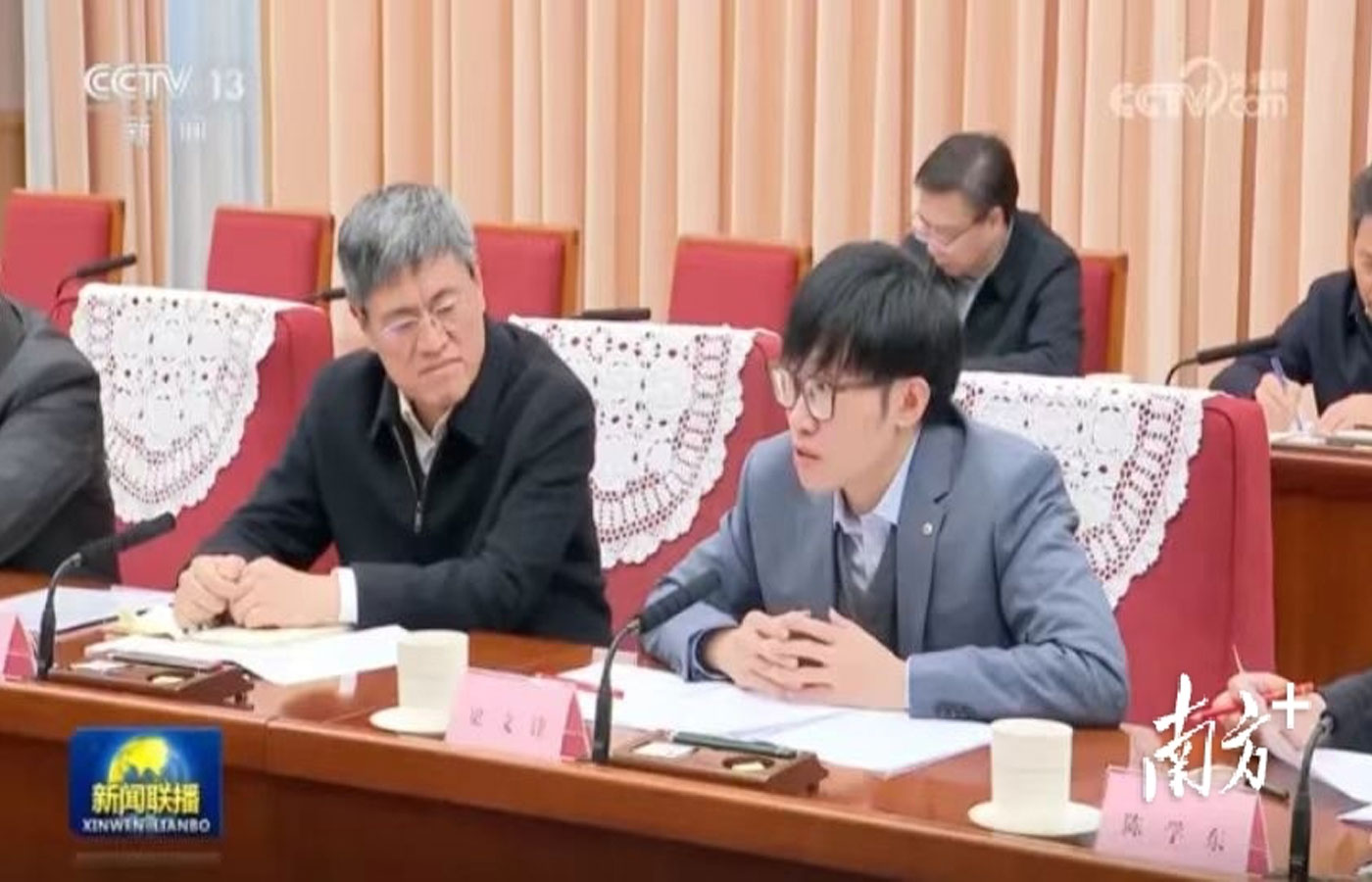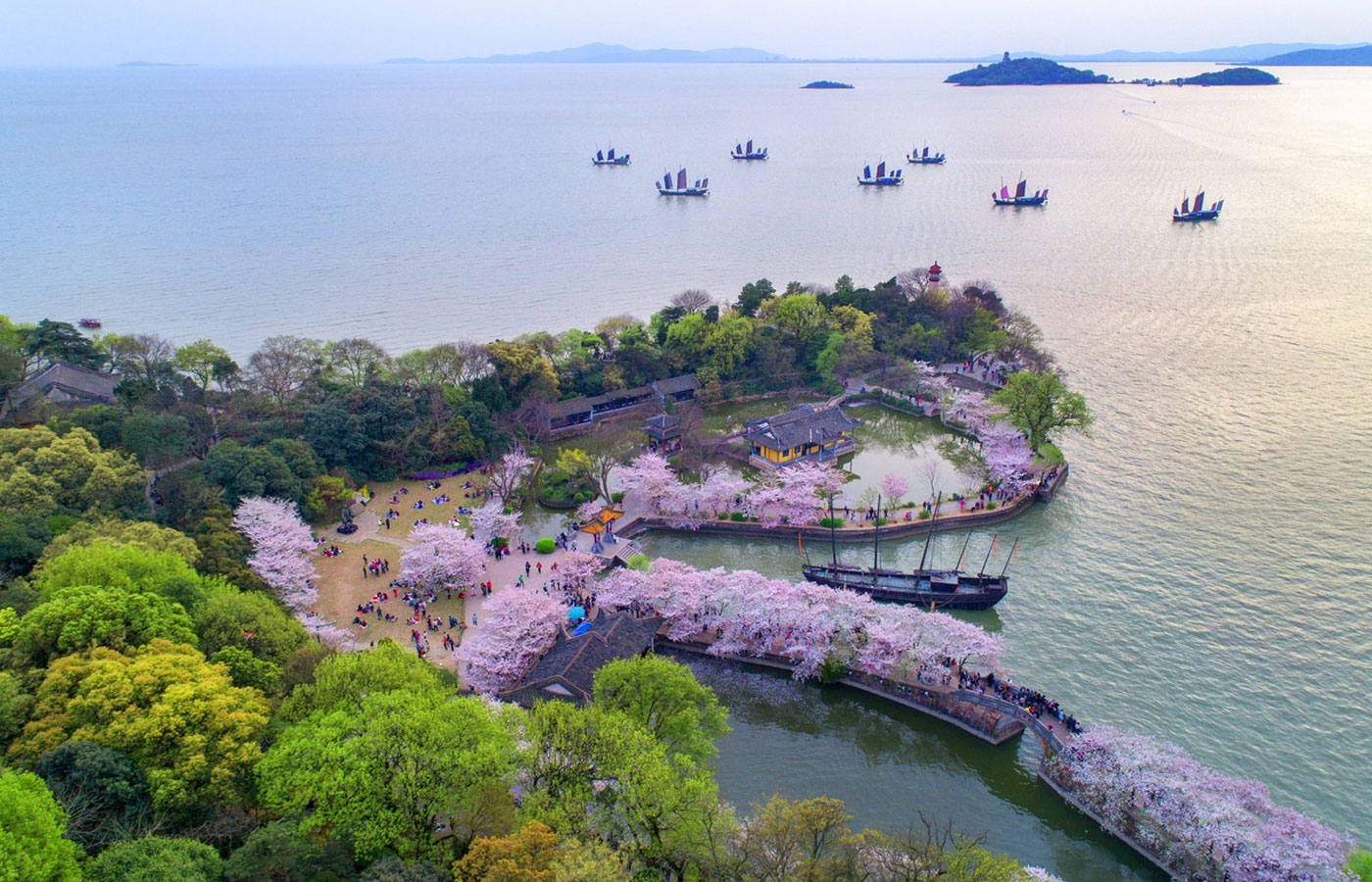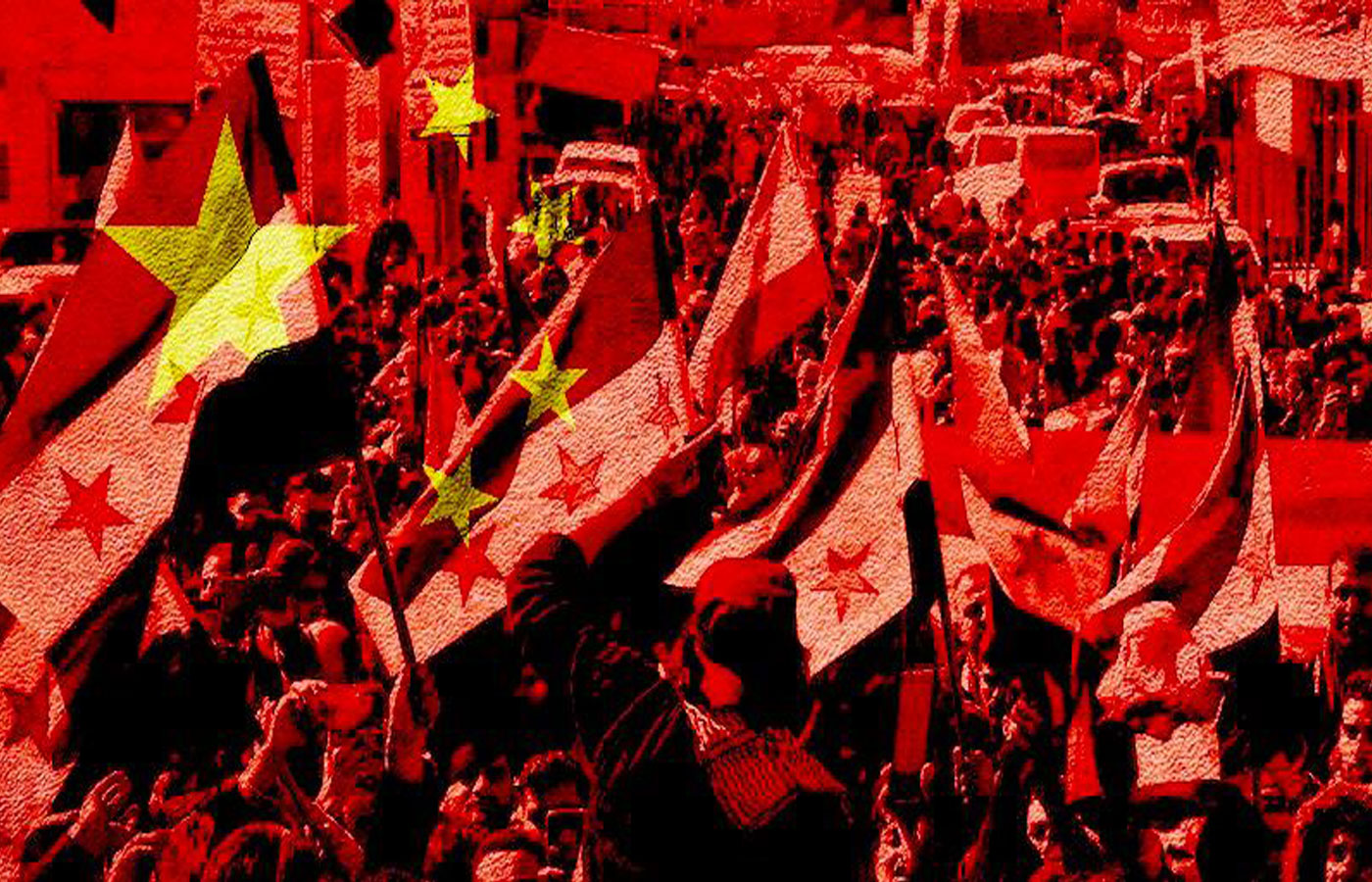To understand properly the India-Canada spat over the killing of Sikh separatist H. Nijjar on Canadian soil in June, as well as the timing of the accusations made by the Canadian PM against the Indian government, one need recall a number of parameters that have been governing global politics for quite a few years now.
It is hardly the first time that separatist movements have been used by the US-led Western bloc to pressure, intimidate and blackmail disobedient global partners or third states. New Delhi’s Western partners know full well that the Khalistan separatist movement, which demands the creation of an independent state for the Sikhs in India’s Punjab region, shared between India and Pakistan, is a particularly sensitive issue in India, especially after the crackdown that resulted in hundreds of deaths and in the assassination of former PM Indira Gandhi in 1984.
Likewise, the fact that the US expresses its discontent through its Western allies – in this case Canada –, is a common strategy that does not date from yesterday, and Modi’s team has most probably detected some early signs of Washington’s nervousness during the last G20 summit hosted by India in Delhi.
But above all, the chain of events that occurred on the global stage over the past few weeks, in particular the Global South’s effective political rise under the auspices of China and Russia, and with the active participation of an Indo-Pacific partner as important as India, was like a fishbone in Washington’s throat.
Separatist movements have often been used as a containment tool by the US
It is India that finds itself on the dock today, with Trudeau’s public accusations directed at New Delhi over the killing of the Sikh separatist leader, a member of the Canada-based Khalistan movement – blacklisted as a terrorist by India. But a broad range of countries have also been experiencing for years similar if not worse ordeals – including China with the Western-backed Uyghur separatists, Turkey and the Western-backed PKK movement, Iran and the Western-backed MKO movement, as well as Sri Lanka and the Western-backed Tamil separatists, to cite only a few.
Besides, India and its Eurasian partners are aware that on various occasions over the past few years, Canada, a member of the ‘Five Eyes’ intelligence network (which includes the US, the UK, Australia and New Zealand), has distinguished itself on the world stage as Washington’s mouthpiece and executive arm. No wonder that in this context the US Ambassador to Canada declared that PM Trudeau was informed of the possible involvement of the Indian government in Nijjar’s killing through “shared intelligence among the Five Eyes partners”.
Everyone will remember some examples of Ottawa’s belligerent diplomacy. In particular:
- In 2018, Meng Wanzhou, Huawei CFO, was arrested in Vancouver Airport (and released almost three years later) on a controversial US warrant and extradition request;
- In 2022, during the G20 summit in Bali and in full view of the media, Xi accused Trudeau of inappropriately and inaccurately leaking their private discussion – after Trudeau had accused China of interfering in Canada’s interior affairs;
- On September 22 of this year, during Zelenski’s first visit to Canada since the Russia-Ukraine conflict, a standing ovation was given in the Canadian Parliament to Ukrainian Nazi war veteran, Yaroslav Hunka – an event that appears to be a carefully planned incident in lieu of a political message to Russia.
While Trudeau’s domestic political calculations cannot be ruled out in the context of his minority Liberal government and of possible early elections (indeed, a number of Khalistan separatists, now Canadian citizens, belong to Trudeau’s political party), this doesn’t allow for a full understanding of the scope of the India-Canada spat.
What are Washington’s requirements from New Delhi?
The sinews of war obviously lie in broader geopolitical interests: Washington’s attention is focused on getting New Delhi, one of its Indo-Pacific strategic partners that is also a member of the US-led QUAD, to take part in its China containment strategy.
To this end, Western outlets and leaders have struggled, to no avail so far, to cause an escalation of tensions between India and China over the past year: sometimes overstating India’s demographic and thus economic potential compared to that of China, sometimes amplifying New Delhi’s disagreement with Beijing over the BRICS expansion, and sometimes distorting Indian leaders’ intentions in the Indo-Pacific, with the aim of intensifying the India-China confrontation in the South China Sea.
In addition, since part of the US’s China containment strategy consists in isolating Russia, Washington was also expecting New Delhi to take a tougher stance towards Russia during the last G20 Summit, and push for the adoption of an anti-Russia joint statement. However, in addition to maintaining its trade partnership with Russia – which involves the use of alternative currencies to the US dollar due to Western economic sanctions on Moscow – India didn’t give a platform to the Ukrainian president, nor did it push for any condemnation of Russia in the G20 final declaration.
Instead, and in the continuity of the BRICS expansion to 11 states in August 2023, the Global South was in the spotlight again in New Delhi, not only with India as the G20 host, but also with the inclusion of the African Union as a new member of the group, not to mention the very notable absence of China’s Xi Jinping – an absence that gave even more weight to the political and economic rise of the Global South.
In light of the above, and despite the fact that Canada’s Trudeau appears to be no more than a tool of the US’ China containment strategy, India’s leaders will most likely keep dealing with the India-Canada rift on a bilateral level, confronting Trudeau’s government while striving to avoid a diplomatic crisis with both China and the US.
After the punitive and retaliatory measures taken by both India and Canada following the Nijjar case, it doesn’t seem that any easing of tensions is going to happen anytime soon, as India’s officials have just opened a new Pandora’s box, accusing Trudeau of having flown to India for the G20 summit on a plane full of cocaine… This shows at the very least how much New Delhi disliked Washington’s conduct and how much it is determined to restore its honor at international level.

